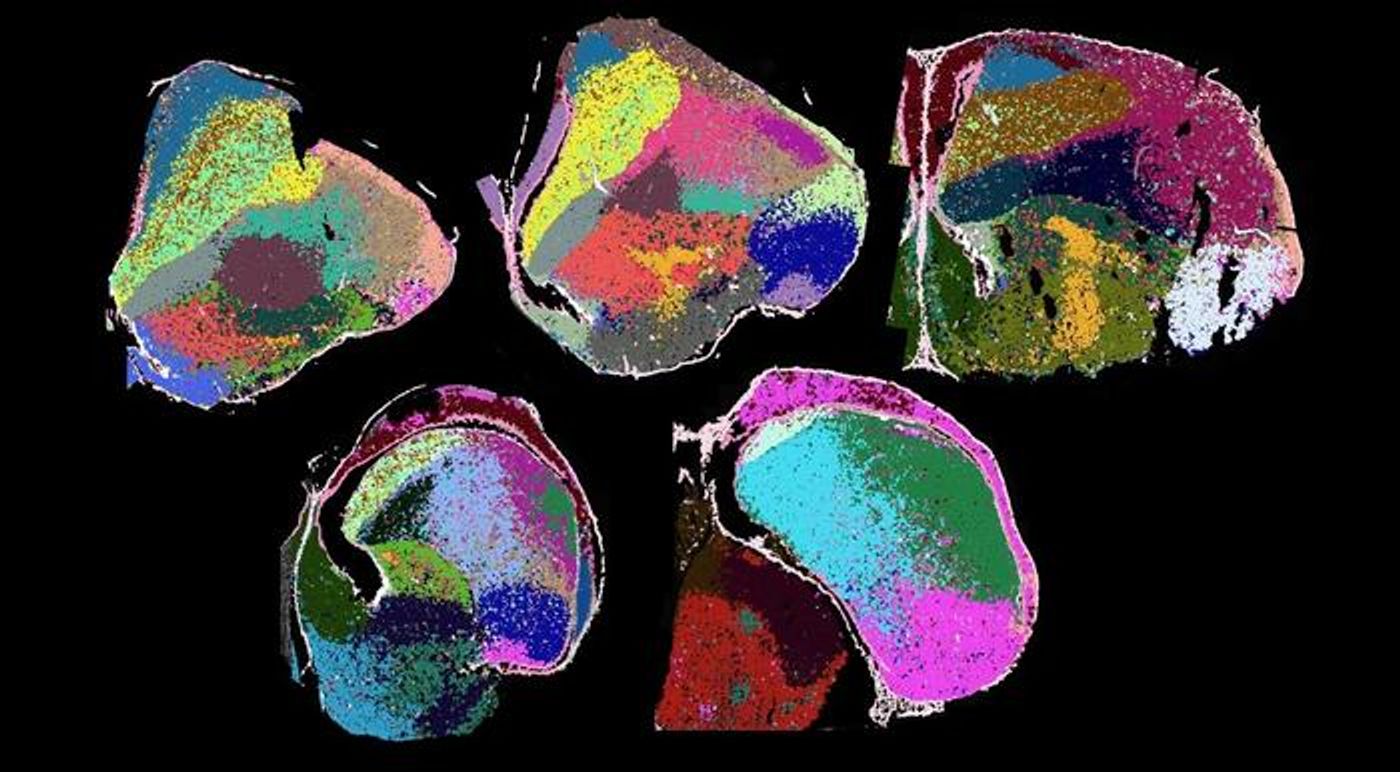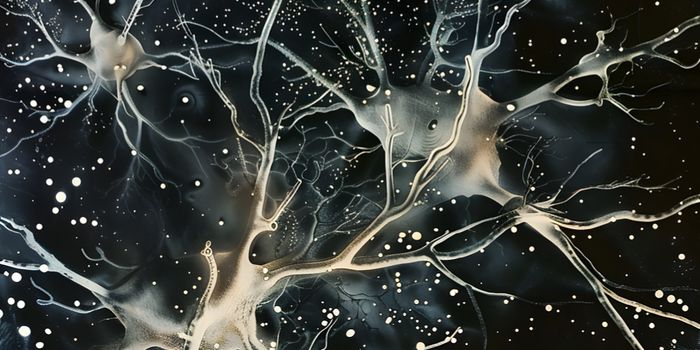The Surprisingly Independent Evolution of the Avian Brain
A part of the brain called the pallium is responsible for many complex functions. In mammals, the pallium is thought to be where the neocortex forms, and gives rise to the cerebral cortex and isocortex. Although the region was thought to vary in complexity among different species, it was thought to contain similar cell types, connectivity patterns, and evolutionary background, although the evolution of the pallium has long been a topic of debate. New studies have suggested that actually, this region has evolved in independent ways in different species.
Two new studies in Science have shown that though the pallium has some similar functions in different species, the molecular identity of pallium neurons has actually diverged significantly throughout evolution. Birds and mammals carry pallium circuits that function in similar ways, but their growth during embryonic development has been shown to be very different.
"Their neurons are born in different locations and developmental times in each species, indicating that they are not comparable neurons derived from a common ancestor," said a senior author of both studies, Dr. Fernando García-Moreno, head of the Brain Development and Evolution laboratory at Achucarro - Basque Center for Neuroscience.
In this study, the researchers used spatial transcriptomics, which can reveal where and when certain genes are expressed, along with mathematical modeling. This showed that pallium neurons that perform sensory processing in birds and mammals are produced with different genes.
This research has shown that "they have independently developed these essential neural circuits through different evolutionary paths," added García-Moreno.
Another study characterized cell types in the avian brain, and used computational tools to compare this data with similar data on mammals and reptiles. Birds were found to carry the most inhibitory neurons of all vertebrates for hundreds of millions of years. But excitatory neurons that transmit signals in the pallium, have a unique evolution in birds. Some avian brain cells did have a gene expression pattern that was similar to those in mammals, such as in the claustrum and hippocampus, which may indicate that some neurons are so ancient they are common to all species.
The video above outlines recent work by Cambridge University scientists, which examines how an 80-million-year-old bird skull fossil can reveal more about the evolution of brains and intelligence in birds.
"Our studies show that evolution has found multiple solutions for building complex brains. Birds have developed sophisticated neural circuits through their own mechanisms, without following the same path as mammals. This changes how we understand brain evolution," said García-Moreno.
Brain development seems to have a surprisingly high level of evolutionary flexibility.
Sources: University of the Basque Country, Rueda-Alaña et al Science 2025, Zaremba et al Science 2025








